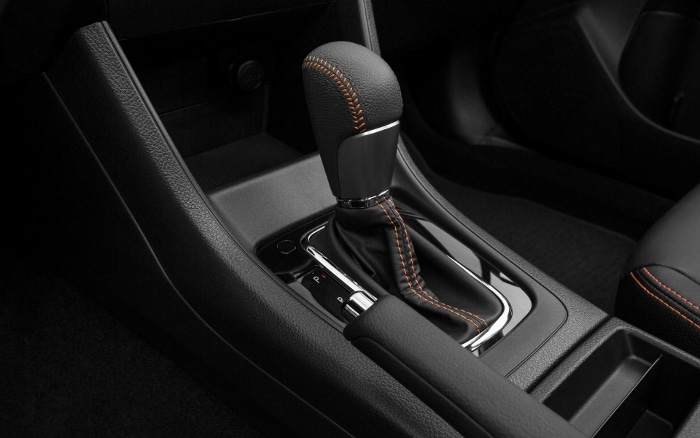
At Heritage Subaru Owings Mills serving Towson, MD and the greater Baltimore area, you’ll encounter a few different transmission choices across our model lineup. How do these gearboxes differ? Let’s delve into the attributes of each.
Manual transmission
In the Subaru model lineup you’ll find five-speed and six-speed manual transmissions. This equates to five or six forward gears, and a separate gear for reverse. Several Subaru vehicles offer a manual transmission, including the Subaru Crosstrek and the Subaru Legacy. Gears are selected by depressing the clutch pedal and moving the shifter into the chosen gear position. There are several benefits to using a manual transmission, with reliability and robustness being two of the biggest. Thus, it’s no accident that the Subaru brand’s rugged vehicle lineup incorporates a transmission renowned for its durability and ease of repair.
Automatic transmission
The vast majority of today’s automobiles are exclusively automatic or have an automatic transmission option. Ease of use makes it almost impossible not to offer an automatic transmission, as many drivers prefer an automatic’s comfortable, “hands-off” approach. The Subaru brand is one of the least automatic-oriented car brands, but if you’re seeking a blend of automatic transmission + great performance, test drive a Subaru WRX. This car’s onboard computer handles all shifting, basing its gear selection on vehicle speed, engine speed, and other factors.
Continuously variable transmission
The continuously variable transmission, or CVT, has seen its appeal increase tenfold in recent years. If you’re shopping for a Subaru Forester near Baltimore, you should plan to experience this SUV’s available CVT, which uses a “belt and pulley” system instead of traditional gears. A CVT offers excellent fuel economy, a more comfortable ride, and fluid acceleration across the engine’s power range.
Visit us today and decide which transmission suits you best!



